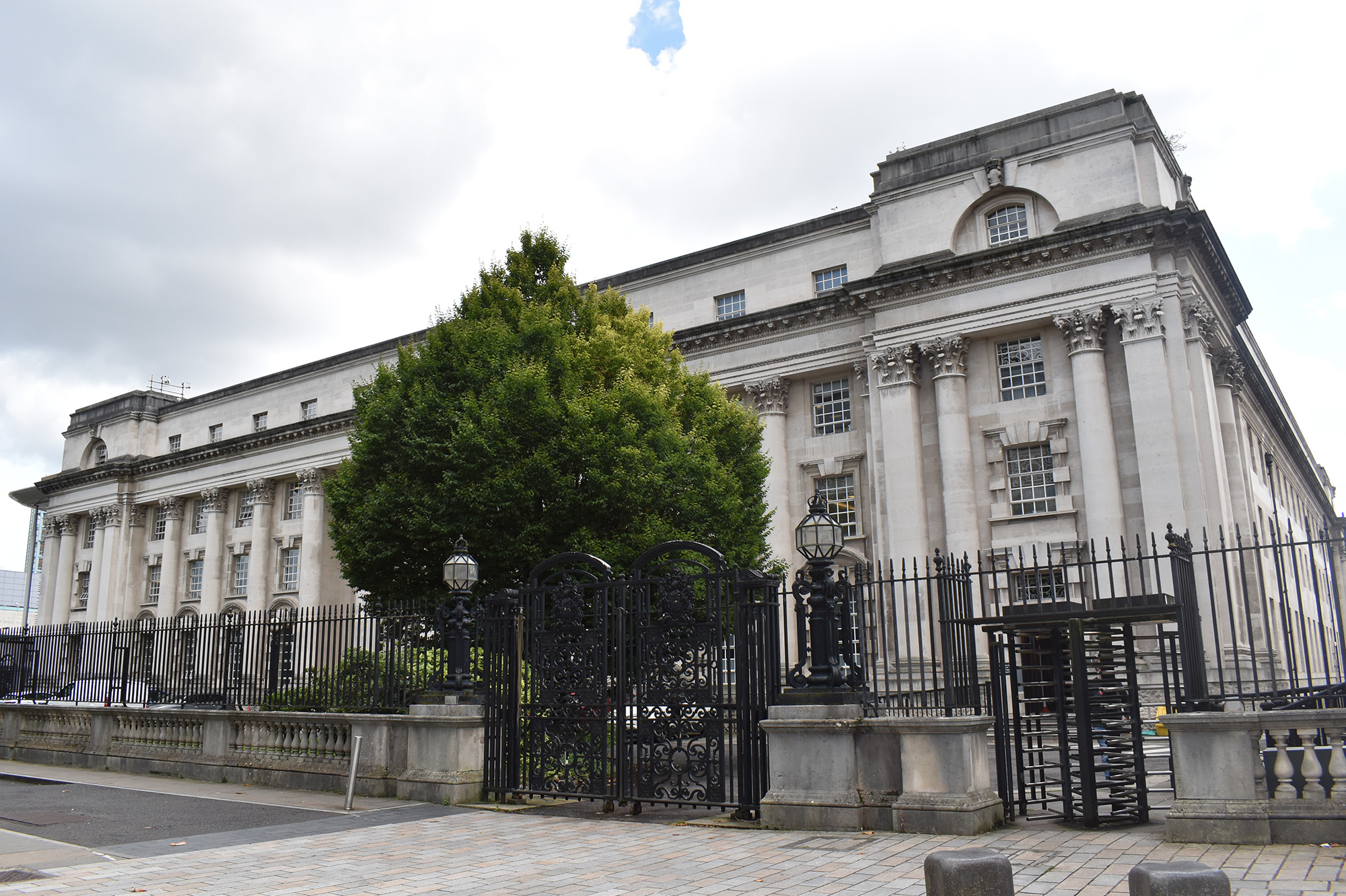NI High Court: Defences of litigant who published discovery and defamatory remarks concerning former employer struck out

Northern Ireland’s High Court has struck out defences to defamation raised by a woman who published material received in discovery and defamatory material concerning her former employer on X and Substack.

About this case:
- Citation:[2025] NIKB 60
- Judgment:
- Court:NI High Court
- Judge:Mr Justice Adrian Colton
Delivering judgment in October, Mr Justice Adrian Colton said: “On any showing it is clear from the posts about which the plaintiffs complain that in seeking to justify those postings the defendant is seeking to re-litigate facts that have been determined by the Industrial Tribunal and affirmed by the Court of Appeal.”
Peter Girvan appeared for the plaintiffs, instructed by Worthingtons Solicitors, and the defendant appeared in person.
Background
The defendant, a former employee of McNaughton Blair Ltd, claimed constructive dismissal before the Industrial Tribunal, alleging discrimination and harassment on grounds of disability.
In particular, the defendant raised issues concerning the wearing of a mask and/or lanyard indicating a status of exemption during the Covid-19 pandemic.
The tribunal dismissed the defendant’s claim, delivering a detailed written judgment in February 2023. The defendant applied for a reconsideration of the tribunal’s judgment, which was rejected in May 2023.
Being dissatisfied with the tribunal’s decision, the defendant appealed to the Court of Appeal, with her appeal being unanimously dismissed in December 2023 on grounds that the court would not rehear the merits of the original case and that in circumstances where the tribunal reached its decision after an extensive hearing and a detailed consideration of the evidence, its conclusions were unimpeachable.
The defendant’s application for leave to appeal to the Supreme Court was rejected on May 2024.
From March 2023, the defendant used her accounts on /X and Substack to publish documents and discovery provided by her former employer and made allegations against the plaintiffs including that she was mistreated by the company and alleged dishonesty and malicious intent on part of the plaintiffs.
The defendant also published a distorted version of the company’s registered trademark incorporating an allegation that the company was a “local discriminatory employer”.
Arising from those posts, the plaintiffs issued proceedings against the defendant alleging breach of confidence, breach of undertaking, defamation, libel and breach of copyright and trademark.
On 12 September 2024, the defendant delivered a defence relying on the defence of truth, honest opinion and public interest. The defendant asserted that her statements were protected under the Defamation Act (Northern Ireland) 2022 and relied upon her right to freedom of expression under the European Convention on Human Rights (ECHR).
The plaintiffs issued an application seeking inter alia to strike out the defence on grounds that it disclosed no reasonable defence, was scandalous, frivolous or vexatious and/or was an abuse of process, and seeking an order entering summary judgment against the defendant in respect of the plaintiffs’ defamation claim.
The plaintiffs asserted that the defence sought to re-litigate the matters before the tribunal and Court of Appeal and constituted a collateral attack upon the issues already litigated and determined.
The High Court
Having considered the relevant legal principles governing strike-out applications under Order 18 of the Rules of the Court of Judicature (Northern Ireland) 1980 as set out in Holbeach v the Chief Constable of the Police Service of Northern Ireland [2024] NICA 45, Mr Justice Colton turned to the findings of the tribunal and the judgment of the Court of Appeal.
Noting that the central plank of the defendant’s complaint was that she was disabled and that the tribunal had found that she was not disabled and had not been discriminated against by being asked to wear a visor for a short period, the court considered whether the plaintiffs had established that the defendant’s pleadings constituted an abuse of process by reason of issue estoppel or disclosed no reasonable defence.
In this regard, Mr Justice Colton observed that if the court was to determine the truth of the defendant’s allegations, it would have to reconsider matters already determined by hearing the same evidence and considering the same documentation which was before the tribunal.
Taking the same view in respect of the defendant’s defence of honest opinion, the court granted orders striking out the defences of truth and honest opinion on grounds that same were an abuse of process and had no prospect of success.
As to the defence of public interest, the court was satisfied that the defendant “is disingenuous when she says that she wishes to express her views publicly in relation to disability rights, workplace practices and the amendments to mask regulations”.
Instead, Mr Justice Colton found that the posts sought to “re-assert and embellish” the allegations rejected by the tribunal and granted a further order striking out the defence.
As to the summary disposal of the proceedings under the Defamation Act 1996, the High Court determined that in light of its finding that there was no defence to the claim which had a reasonable prospect of success and where there did not appear to be any other reason why the claim should be tried, the case was suitable for summary disposal.
Moving to consider the plaintiffs’ allegations of breach of confidence and breach of the defendant’s implied undertaking in respect of discovery, the court set out that inter alia “large swathes of discovery”, witness statements filed on behalf of the company and without prejudice correspondence had been published by the defendant on Substack.
Finding that certain of the material complained of was already in the public domain as there had been a public hearing before both the tribunal and Court of Appeal, Mr Justice Colton explained:
“That said, the mischief which the tort seeks to address is the use of the documentation which has been provided in the course of the proceedings. In this case, the court considers that the documentation has, indeed, been used for a collateral or ulterior purpose not reasonably necessary for the proper conduct of the proceedings, namely as part of a defamatory campaign by the defendant against the plaintiffs.”
Finding that a proper resolution of the defamation cause of action upon completion of the summary procedure would address that issue to the satisfaction of the plaintiffs, the court declined to grant summary relief on that issue and turned to the allegation of breach of trademark.
The court was satisfied that the company logo was a registered trademark and as such, the company was entitled to enforce its trademark under the Trade Marks Act 1991.
Mr Justice Colton opined that the defendant had destroyed the company’s trademark and had published it with a view to damaging the brand of the company, and that the contents of the altered trademark published were clearly defamatory.
Explaining that the real issue on this point was the use of the trademark which the court had determined to be defamatory, the judge was satisfied that this issue would also be sufficiently remediated by the resolution of the summary procedure in relation to the defamation cause of action and declined to grant summary relief on that issue.
Conclusion
Accordingly, the High Court made orders striking out the defences of truth, honest opinion and public interest, and directed inter alia that in default of the defendant making an offer of amends within three weeks or where any such offer was rejected by the plaintiffs, the court would proceed to consider whether it should make orders for summary relief under s.9 of the 1996 Act.
McNaughton Blair Ltd & Ors v Edgar [2025] NIKB 60








